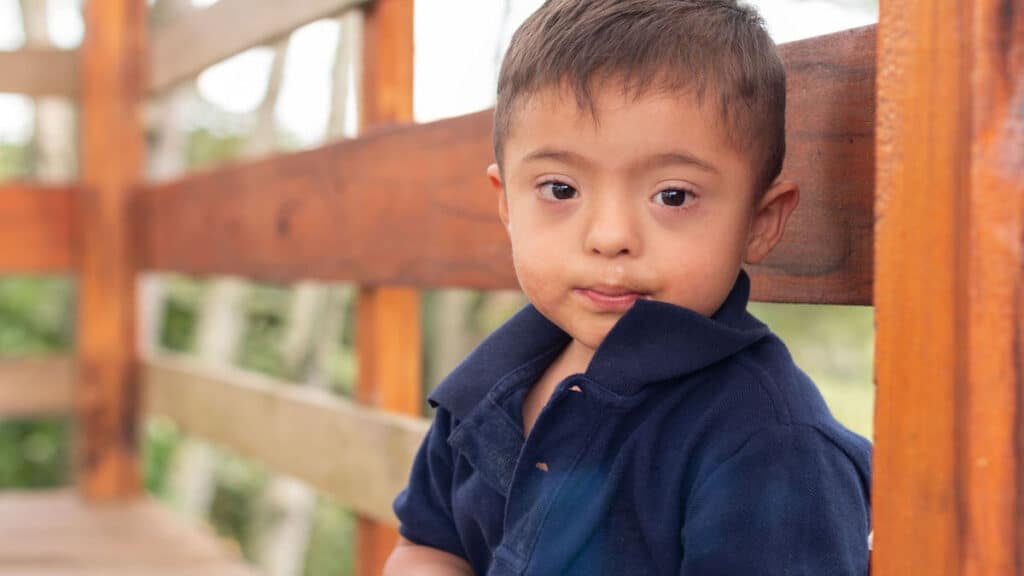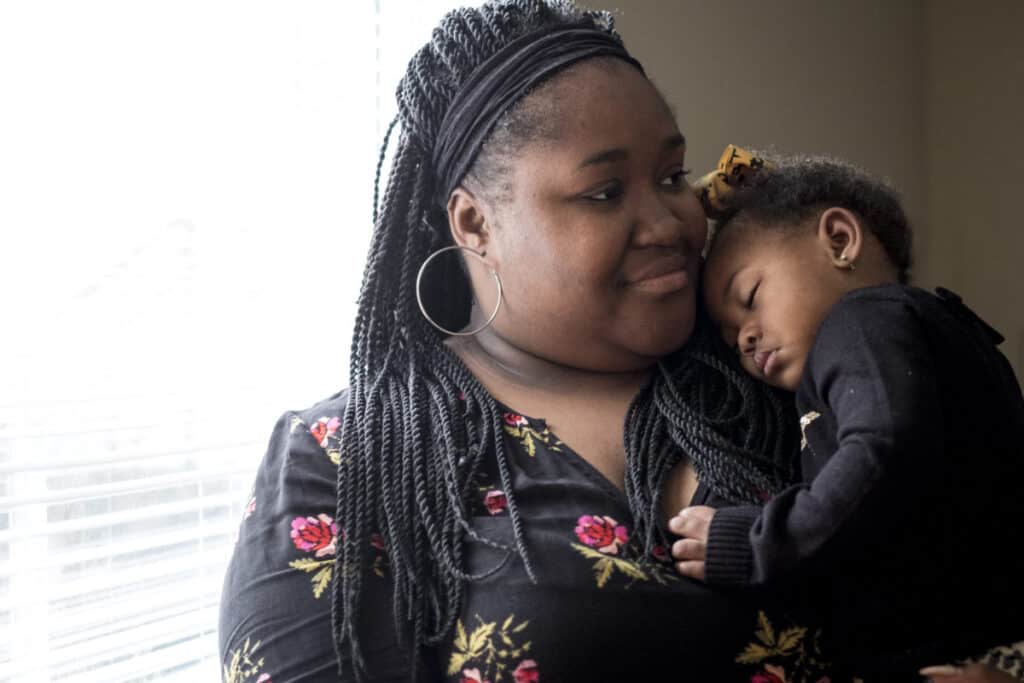Is my child different? You may be asking yourself this because you noticed that your baby or toddler can’t or doesn’t do the same things other children their age are doing. Or maybe you see your older child struggling with things that seem to come easily to their peers.
If you’re worried about your child’s development, here are 6 things you can do.
1. Articulate why you think your child may be “different” from other children their age
Sometimes our worries about our children are vague, or they are things that keep us up at night. But the more specific you can be about exactly what’s worrying you, the easier it will be to get support for your child if they need it.
It may be helpful to ask yourself these questions:
- What is it about my child that seems different from other children their age?
- Do they have unusual behaviors or habits?
- Do they seem less engaged than the other kids their age?
- Do they not seem to have the same skills as other kids their age, like sitting up, crawling, babbling or talking, looking you in the eye, holding toys, etc?
- How well do they socialize with others?
Pay particular attention to these three areas:
- Concentration and focus: Do they have an unusually hard time focusing on one thing at a time?
- Social skills: Do they avoid interactions with others, show overly aggressive behavior, or seem painfully anxious around people?
- Physical skills: Compared to their peers, do they have trouble doing things like holding a crayon, picking up small objects, or moving around their environment?
2. Observe your child and keep a record
It can help to start a notebook or a log on your phone to keep track of what you notice and how your child is changing from month to month. You can include notes, pictures, doctor’s visits, or anything else that seems like it might be helpful. You may want to use an app like this Milestone Tracker from the CDC (available in English and Spanish).
Your notes will help you:
- Articulate (and remember!) what you notice
- Compare their progress with expected milestones for your child’s age
- Explain your child’s challenges to doctors or teachers
- Keep track of appointments and meetings
3. Talk to others who know your child
You know your child best, but if there are other people who see your child regularly, they can provide other perspectives.
Talk to teachers, caregivers, grandparents, or friends. Ask them how your child compares with other children their age.
Teachers and daycare providers see lots of children every day, and they see how your child interacts with other kids. They can often tell if a child’s differences are a red flag, or if they are just part of what makes your child who they are.
A note here: these perspectives are important, but they are only one part of the picture. If everyone around you says “Don’t worry!” but you’re still worried, talk to your child’s doctor.
4. Use play to encourage your child’s development
There’s a lot you can do at home to help your child’s development, and it is – literally – child’s play.
No matter how old your child is, spending time together can be fun for both of you and will strengthen your relationship.
For younger children especially, playing together can help with development, learning, and forming relationships. It will also create opportunities for them to practice social skills and communication.
Purposeful Play is a way of playing with your child that focuses on the skills you want to help them develop.
Purposeful Play can help your child work on skills like:
- Listening to instructions
- Expressing themselves
- Stronger hand-eye coordination
- Social interactions and taking turns
Take a look at this resource from Zero to Three, which describes ways to use Purposeful Play with young children at each stage.
5. Talk to your child’s doctor about a developmental screening
The next step is to talk to your child’s doctor about your concerns. Tell the doctor that you are worried about your child’s development and you want to see if they are delayed in any areas. It’s part of your doctor’s job to help keep track of your child’s development. They can do a developmental screening to see if your child is on track.
There are several different developmental screening tools doctors can use. They are questionnaires or observations about different categories of your child’s development:
- Gross Motor — Large movements like crawling or walking
- Fine Motor — Small movements like grabbing a toy or holding a spoon
- Problem-solving — Figuring out how to get what they want
- Personal/Social — How they interact with other people
These screening tools do not usually result in a diagnosis. But they can give you all a better understanding of where your child is struggling and let you know if you should do a more complete developmental evaluation.
When can your child get screened?
- Any time you notice something that worries you
- During well-child visits at 9 months, 18 months, 30 months
- More often if your child is at higher risk for developmental problems from pre-term birth, low birthweight, or environmental risks like exposure to lead
To learn more, go to CDC: Learn the Signs. Act Early.
If you are not satisfied with the results from your child’s regular doctor, you can take your child to a developmental clinic. These clinics specialize in testing children for developmental delays and other issues.
While your doctor can do a brief developmental screening, these clinics can do a more complete evaluation of different aspects of a child’s development and medical status. They will look at things like physical health, psychological health, speech and communication, learning disabilities, etc.
They can give you the test results and paperwork with your child’s diagnosis (if there is one). You’ll need these when you apply for services from the state or your school system.
They will tell you what further tests your child may need, and suggest what to do next, including finding services to help support your child’s development. One option for children under 3 is a program called Early Intervention or EI. (EI may have a different name in your state. For example, in Louisiana it’s called EarlySteps).
If you are in Louisiana or Massachusetts, you can go to our Disability Service Finder and enter your zip code to find developmental clinics or developmental pediatricians in your area.
Louisiana Disability Service Finder (en español)
Massachusetts Disability Service Finder (en español)
6. Find support from other parents and local organizations
It can be lonely and scary to worry about your child and not know who to talk to.
Other families and organizations can give you advice, information, and moral support. They can also introduce you to adults who share your child’s disability who can talk to you about their challenges and strengths.
If you are in Louisiana or Massachusetts and you’re looking for local resources, you can find parent support groups and organizations in our Disability Services Finder and join our Louisiana or Massachusetts parent groups on Facebook.
If you are in another state, you can find groups close to home from the Center for Parent Information and Resources.
Learn More:
If you are wondering if your child may be different, don’t wait! There are a lot of resources out there to support your child and your family.
Read more about child development milestones.
See this step-by-step timeline to learn about Special Education services for children from 3-21, and how to help your child start school with the right support.



